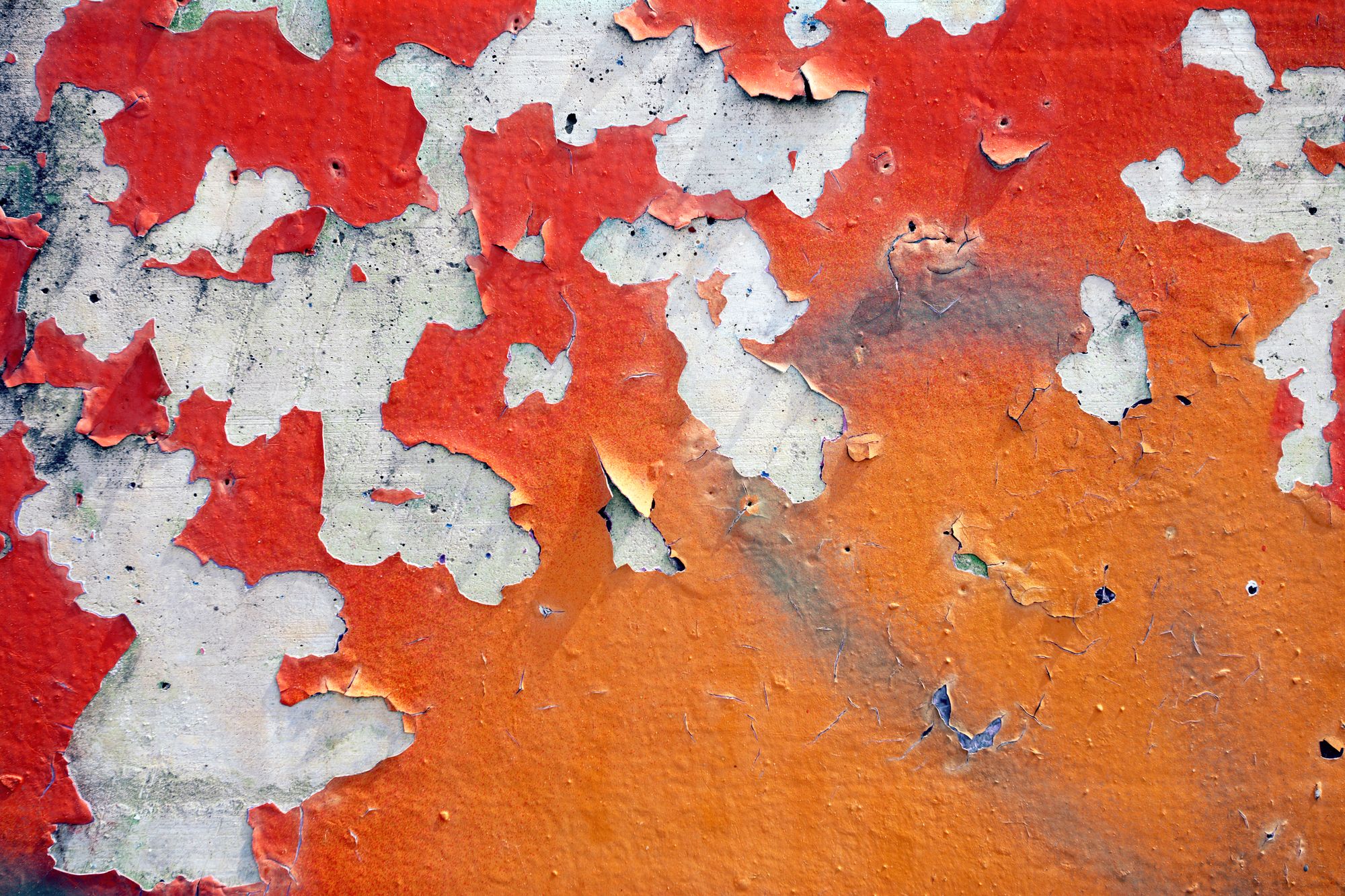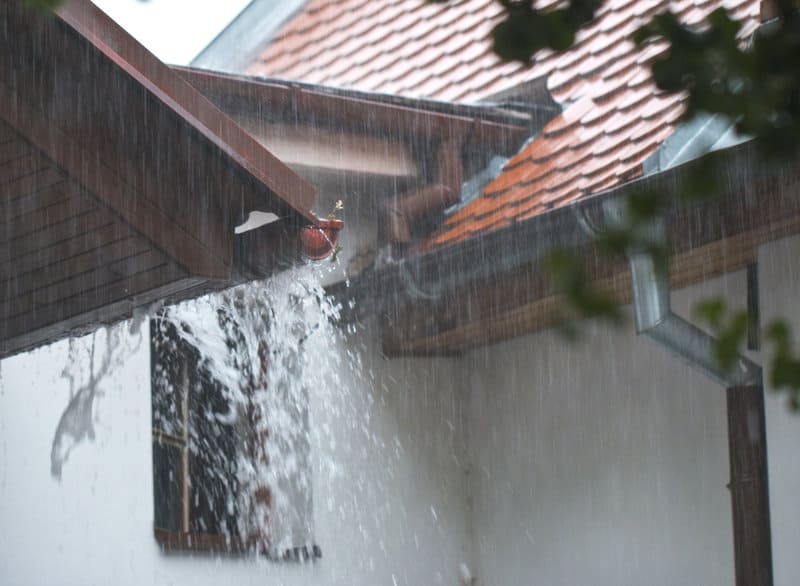Tips to Detect and Repair Stains from Water on Wall Surfaces
Show DetailsWhat're your thoughts and feelings about Water Stains on Walls?

Water discolorations on walls are not pleasant to the eyes. Sometimes it appears nearly inevitable to experience water spots on walls in houses.
Homeowners living in moist areas regularly deal with the concern of water discolorations on walls. With exact and all-round information on the reasons of water spots and also prompt repair service procedures, you will constantly be a step ahead of such incidents.
3 Common Root Causes Of Water Discolorations on Walls
As opposed to popular belief, water spots on wall surfaces do not constantly stem from poor structure materials. There are numerous reasons for water spots on walls. These include:
Poor Drain
When making a structure plan, it is critical to make certain adequate water drainage. This will certainly prevent water from permeating right into the wall surfaces. Where the water drainage system is blocked or missing, underground moisture develops. This links to too much dampness that you notice on the walls of your building.
The leading reason of damp wall surfaces, in this situation, can be a bad drain system. It can also be due to bad management of sewer pipelines that run through the structure.
Damp
When warm moist air meets with completely dry cold air, it triggers water droplets to form on the wall surfaces of buildings. When there is heavy steam from cooking or showers, this happens in bathrooms and also kitchens. The water beads can discolor the surrounding walls in these parts of your house as well as infect other areas.
Wet or condensation influences the roof covering and wall surfaces of buildings. This triggers them to show up darker than other areas of the home. When the wall surface is wet, it develops a suitable setting for the growth of germs and also fungi. These may have negative effects on health and wellness, such as allergic reactions as well as respiratory problems.
Pipeline Leaks
Many homes have a network of water pipes within the walls. This ensures that the pipelines are faraway from the reach of damaging rodents. It constantly raises the viability of such pipes, as there is little oxygen within the wall surfaces. This discourages rust.
A disadvantage to this is that water leak influences the walls of the structure and causes extensive damage. A dead giveaway of defective pipes is the appearance of a water tarnish on the wall.
Water Discolorations on Wall Surface: Repair Service Tips
House owners would usually desire a quick fix when managing water discolorations. They would certainly soon recognize this is disadvantageous as the water discolorations persist. So, right here are a few valuable ideas that will certainly direct you in the repair of water stains on walls:
Pro Suggestion
A houseplant in your home likewise increases its moisture. So, if your house is already humid, you may intend to present houseplants with marginal transpiration. An instance of suitable houseplants is succulents.
Verdict
Although no one intends to have water spots on walls in their house, it can happen to the most effective people. This short article gives you take advantage of, as you now recognize how to manage this mishap if it does take place.
It is always best to recruit professional services to aid repair the damages in your house.
Sometimes it appears virtually inescapable to experience water stains on walls in homes.
Contrary to popular idea, water stains on wall surfaces do not always stem from bad structure materials. There are a number of reasons of water spots on walls. The water beads can tarnish the surrounding wall surfaces in these parts of your house and also spread to other locations.
Below are a few helpful pointers that will assist you in the fixing of water stains on wall surfaces:
CHECKING FOR WATER DAMAGE
Water damage can be costly, and it may begin before you even notice the first signs of trouble. Water damage can cause mold and mildew in your walls and floors, which can create an abundance of health concerns for your family. It can also lead to costly repairs of various appliances and general home fixtures. To avoid the pricey consequences of water damage, here are Warner Service’s top 5 places you should check:
The walls – The easiest place to spot the beginnings of water damage is on the walls and ceilings of your home. If water damage is present, there will most likely be water stains, especially around the windows and doorframes, and/or cracks in the drywall. If a stain looks unusual (discolored to brown, black or gray, raised texture), has a swollen appearance or is soft to the touch, contact a professional immediately. The pipes – To avoid water damage, consistently check the pipes in your kitchen (especially the dishwasher and ice maker), bathrooms, laundry room (specifically washing machines) and basement for corrosion, leaks and water stains. Pay special attention to where the pipes connect in your home and the location of caulking around the bathroom fixtures, including toilets, sinks, showers and tubs. Missing or loose caulking and grout could be signs of leaking water. This seepage can also quickly cause mold and rust, so double check your water heater and tank for wet spots on the floor. The floor – Water damage is very easy to spot on the floor. Look for any warping or buckling of the material, especially in the basement. If your home has wood flooring, look for bright white or dark stains. If your home has carpeting, keep it dry and clean. A damp carpet that smells of mold could cause water damage and health problems. To avoid this, consider installing floor pans under your appliances to help prevent damages from small, slow and undetected leaks. The basement and attic – If your basement or attic smells odd check for mold and mildew around the area, especially the valley where the roof meets. While you are inspecting those areas, check for wall cracks, floor stains, rust and dampness in the insulation. If you live in a colder and/or rainier climate, perform routine checks for water damage from melting snow or ice and rain. The exterior – Check the roof for damaged flashing and missing, cracked or curled shingles. There should also be no standing water anywhere outside your home. This could be caused by puddles, leaky rain gutters or hoses, poor drainage, or short gutter spouts. Invest in a sump pump system or water flow monitoring system, and perform routine maintenance on these outdoor appliances to avoid indoor water damage.

I was made aware of that article on Indicators of Water Damage Behind Walls from a friend on our other website. Remember to take the opportunity to promote this blog if you liked it. Thanks a lot for your time. Kindly stop by our blog back soon.
Secure your plumbing; seek professionals.